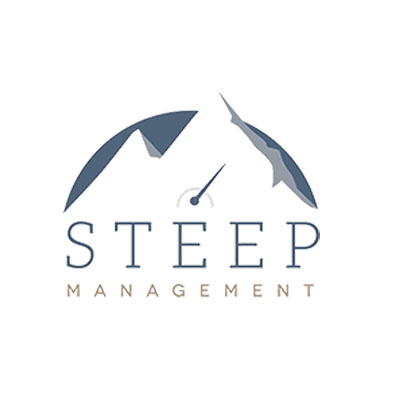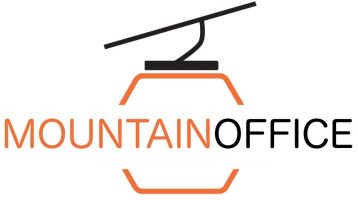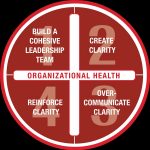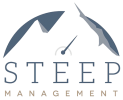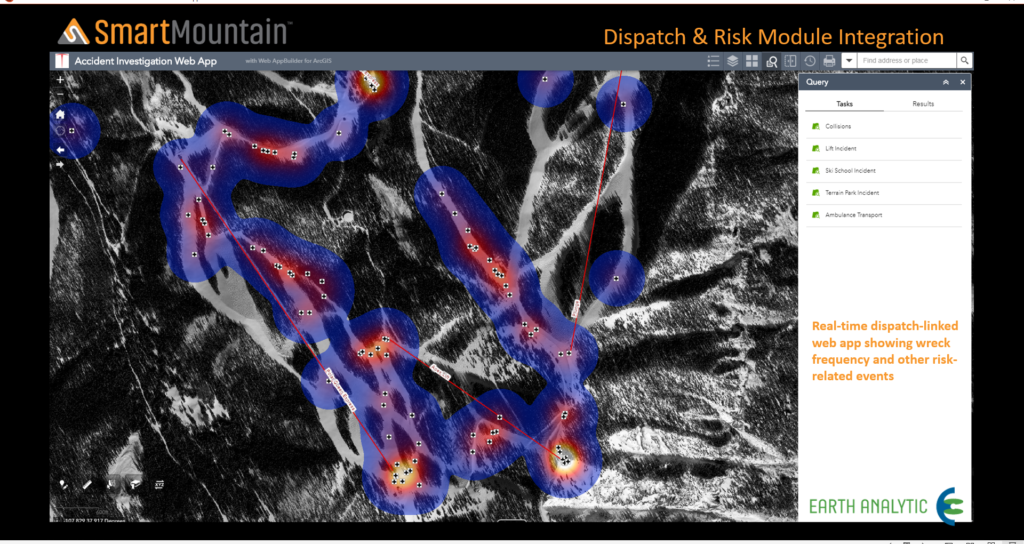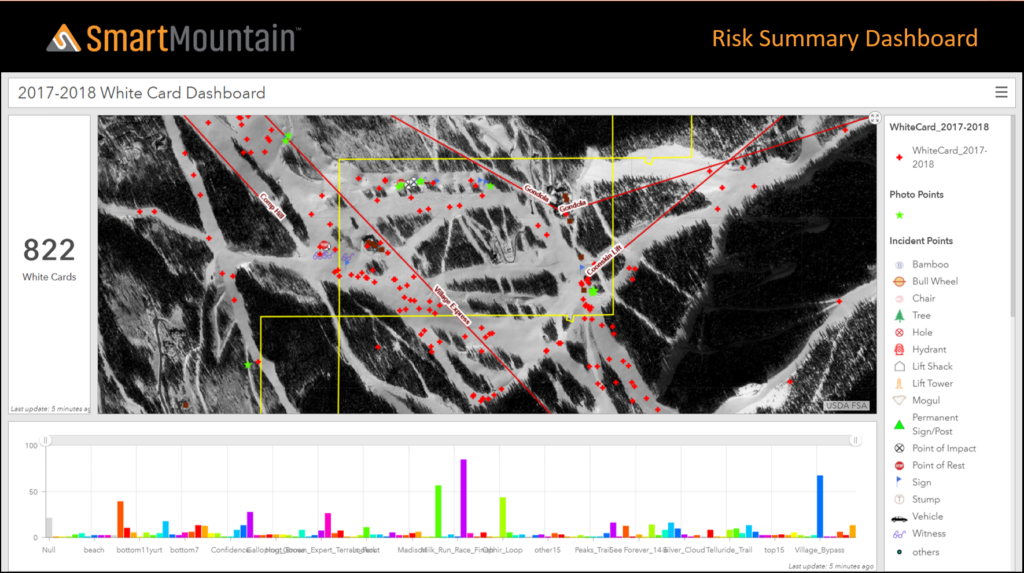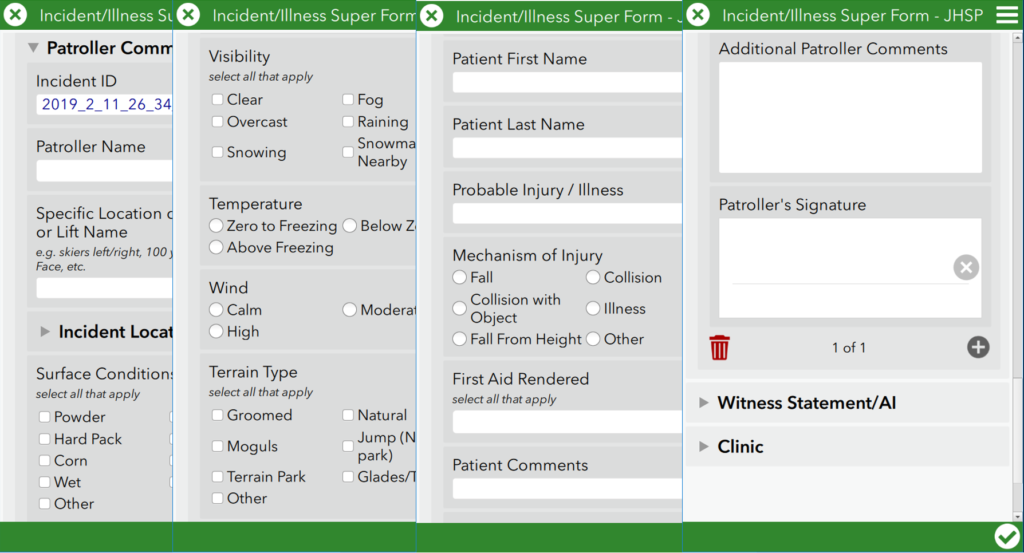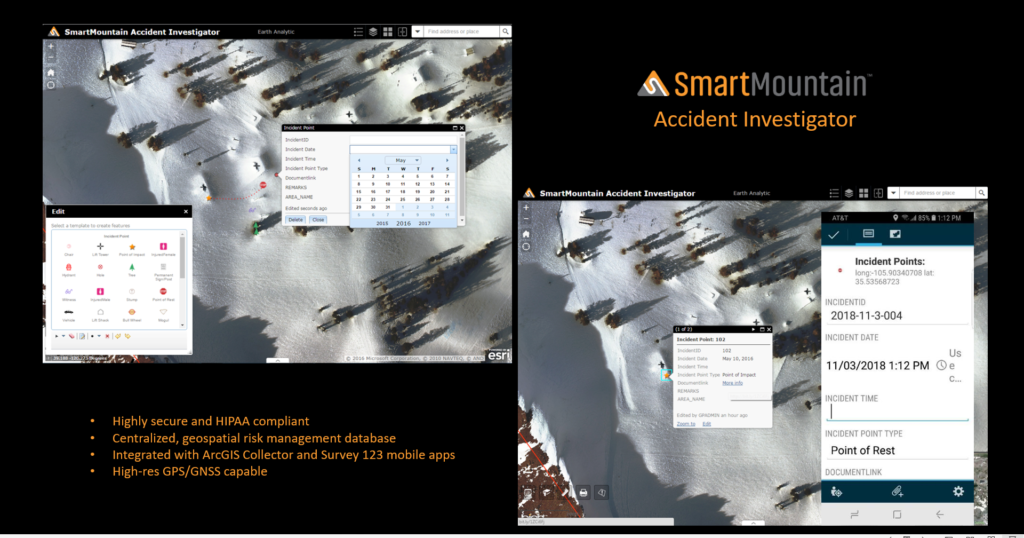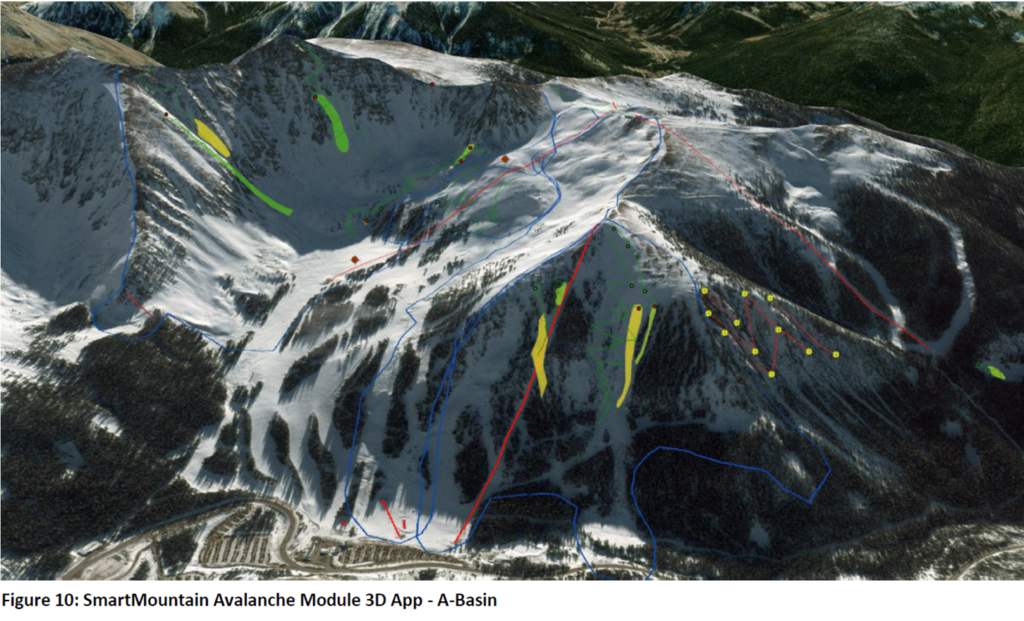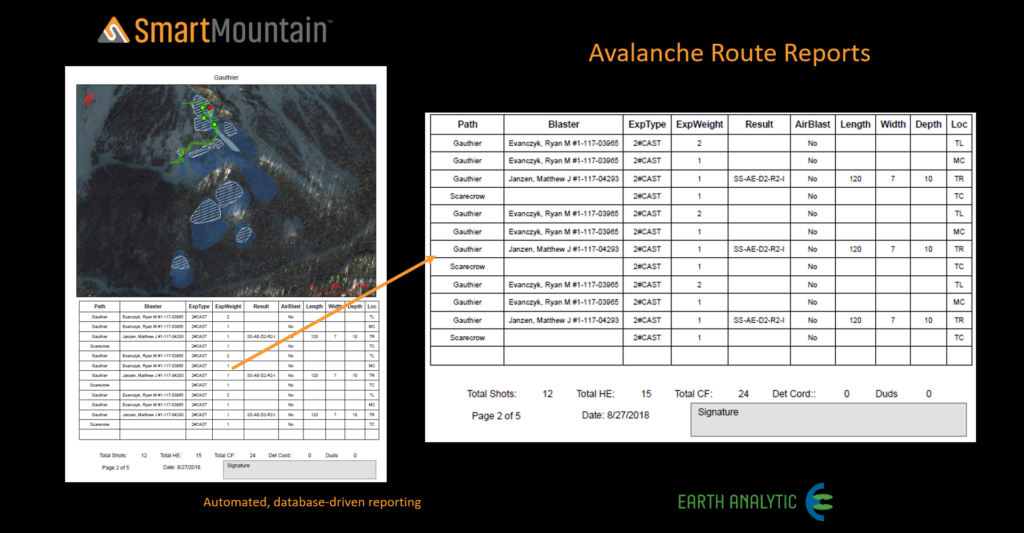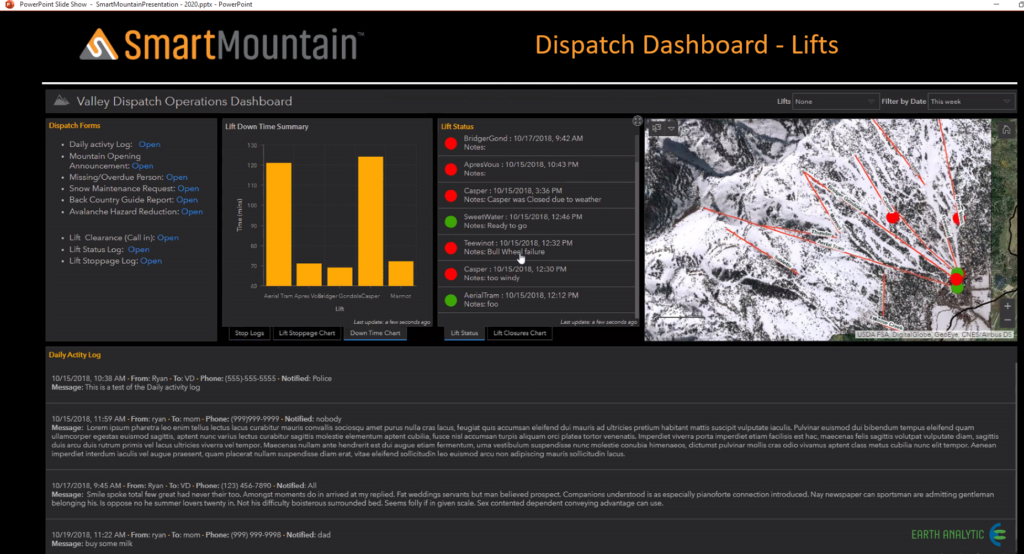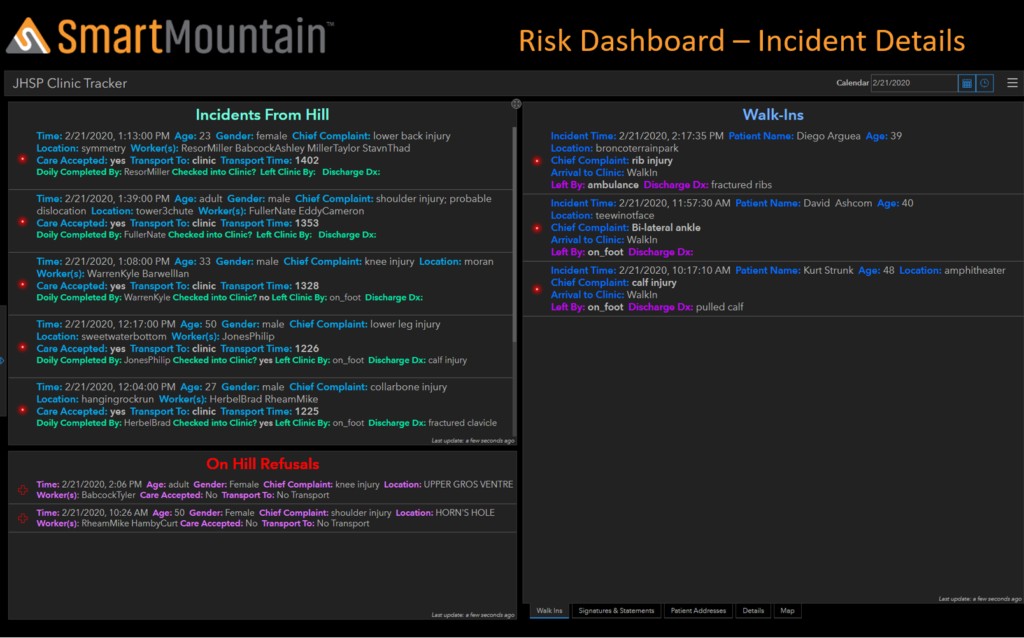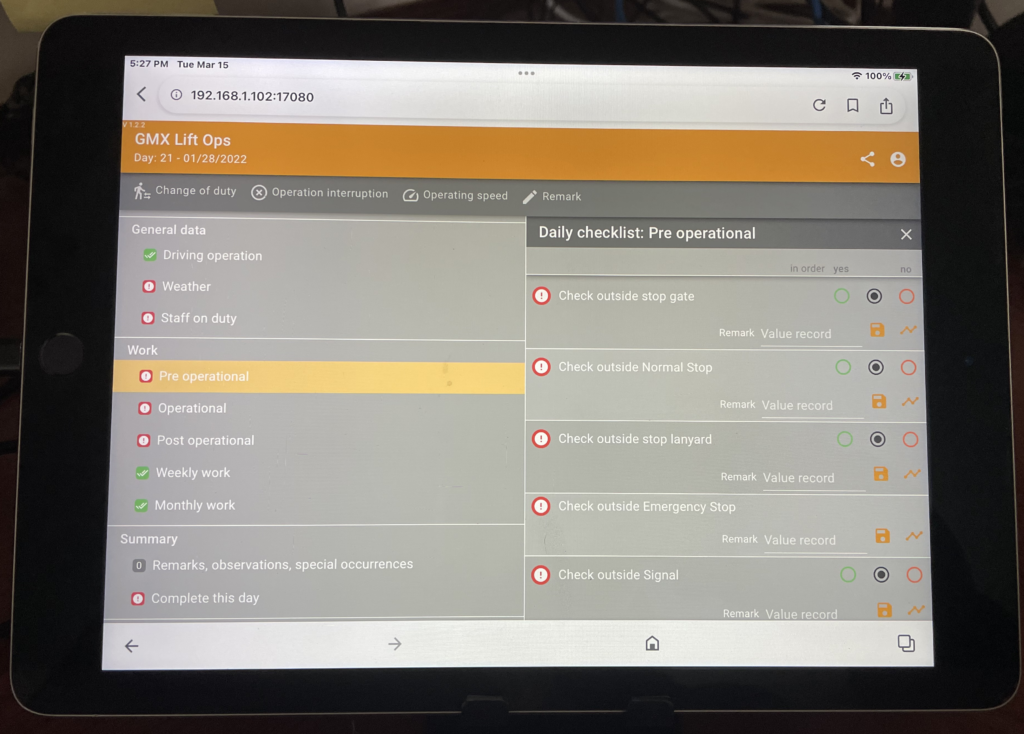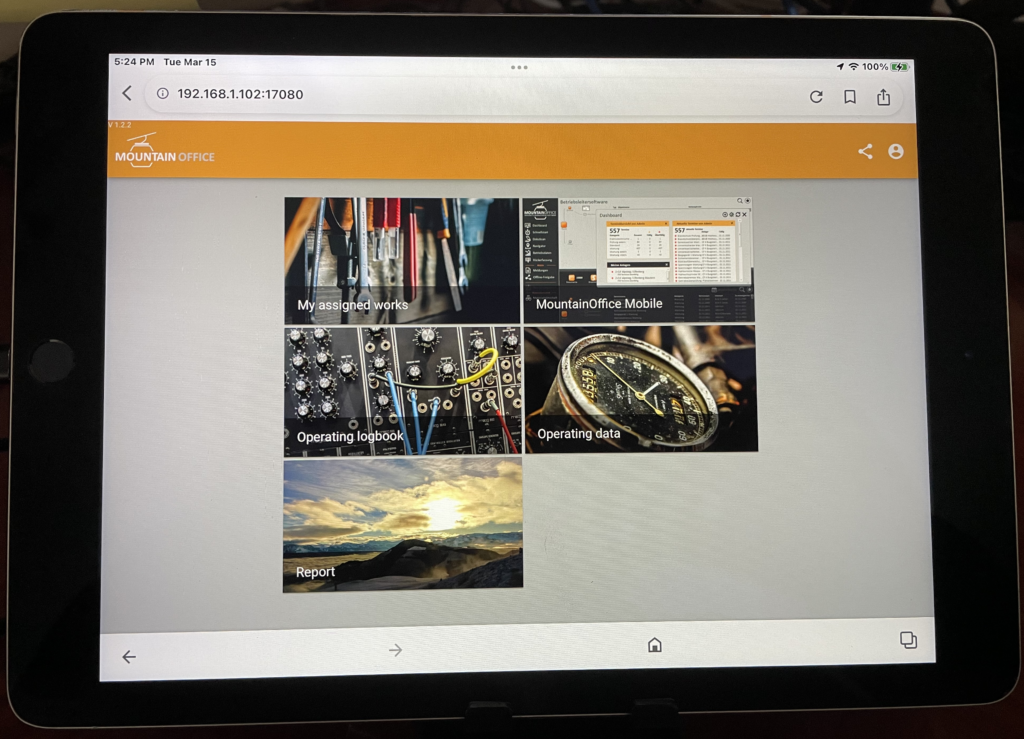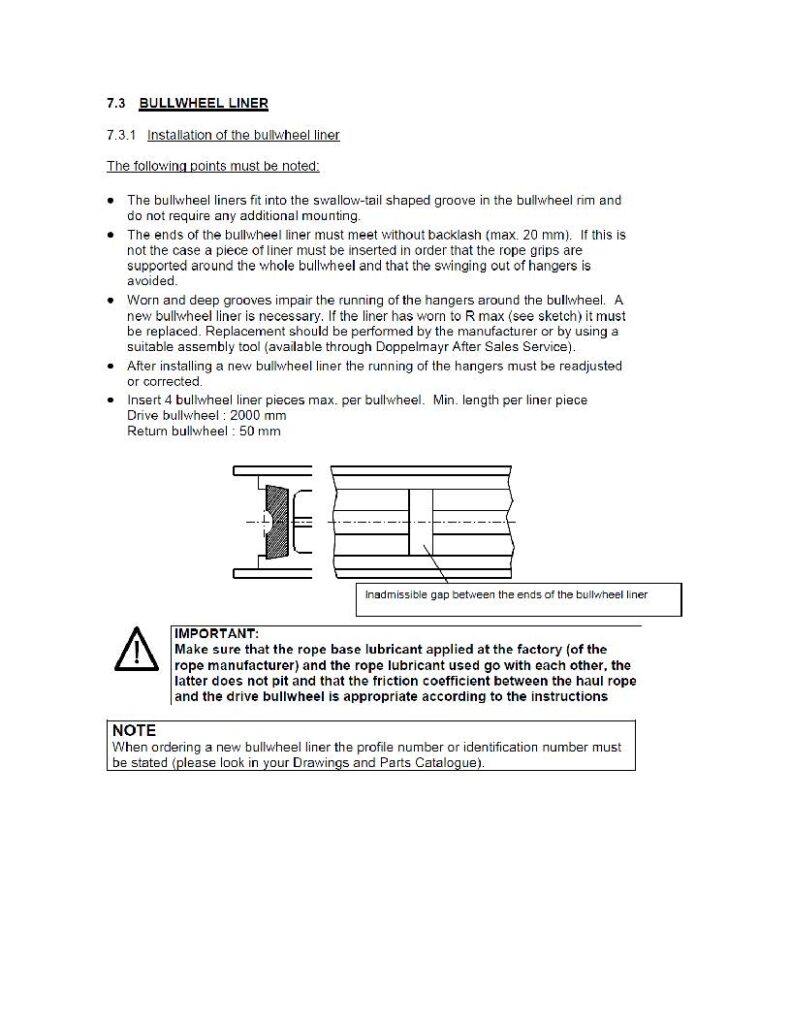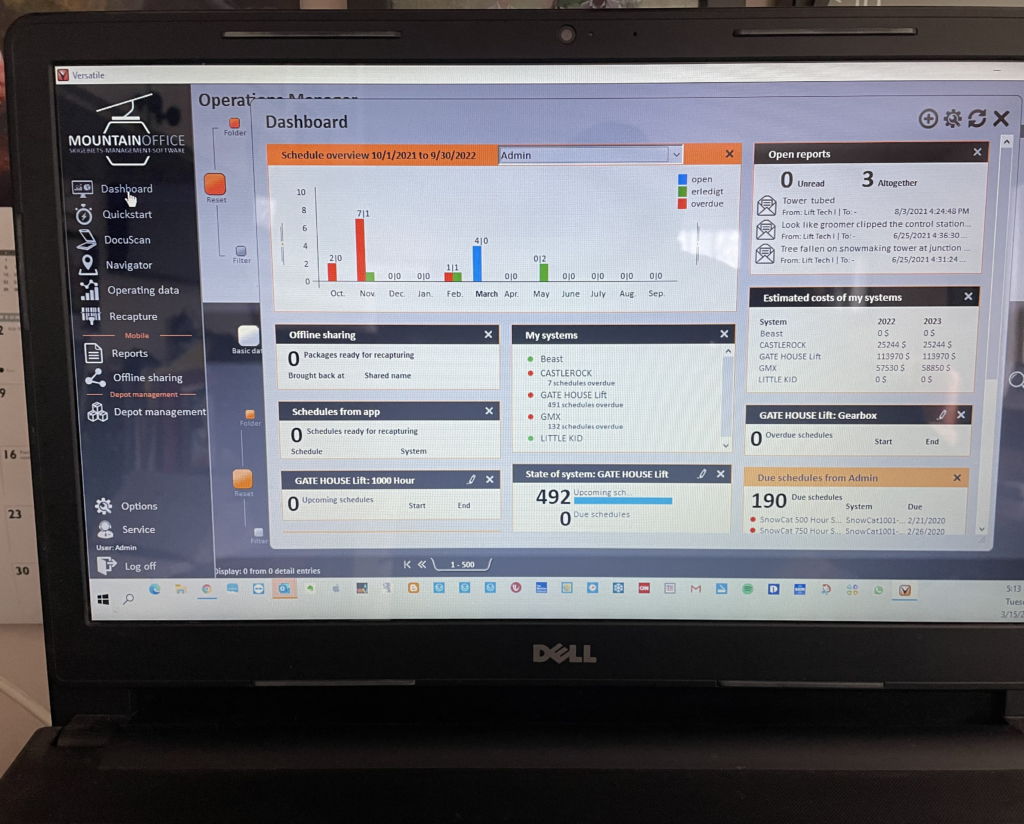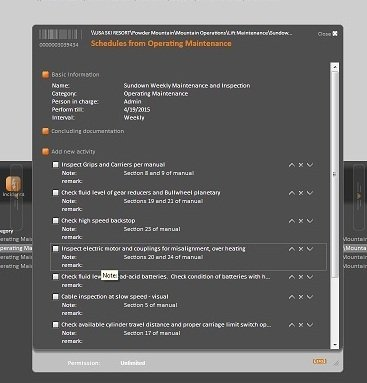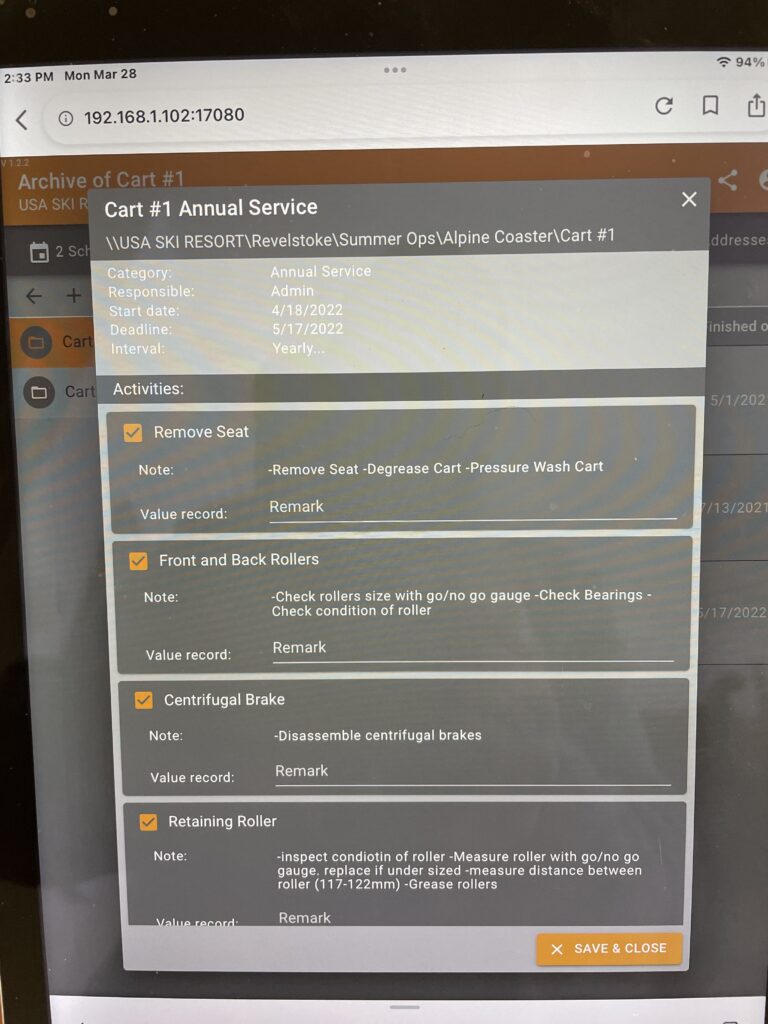How to gain a competitive advantage
In these unique and uncertain times, leadership and organizational health will be the keys to success going forward in the ski industry. The information I am sharing here I did not have in my quiver while running a ski area, I wish I had. I do feel compelled to share with the ski industry as it is simple, low cost and so on target that I believe it will be the future of the ski industry going forward. I have summarized information from several of Patrick Lencioni’s books to hopefully give you the impetus to strengthen your existing healthy organization, or if you are not so healthy, a guide on how to get there.


Trust occurs when team members can be vulnerable with one another and are willing to admit their mistakes, weaknesses, or needs for help. A comfort level among team members is required to build a foundation of trust.
Conflict – Teams that trust one another engage in unfiltered, passionate debate about key issues, eliminating veiled discussions, and back channel comments. In-depth honest discussion leads to better decisions. The fear of conflict is mitigated by trust.
Accountability –When the team commits to a clear plan of action, there are no barriers for employees to call on their peers on actions and behaviors that may seem counterproductive to the overall good of the team.
Results – Team members will put the team’s goals and objectives ahead of team member’s own needs (ego, career development, recognition, etc.) All team members hold each other accountable to the achievement of the collective goal. When a team has the focus of the need for success, the ski area is prosperous.
Healthy organizations align their employees around organizational clarity by communicating key messages through… The answers to the six question
- Repetition
- Simplicity
- Multiple mediums
- Cascading message
- Hiring
- Managing performance
- Rewards and recognition
- Employee dismissal
- Meetings
